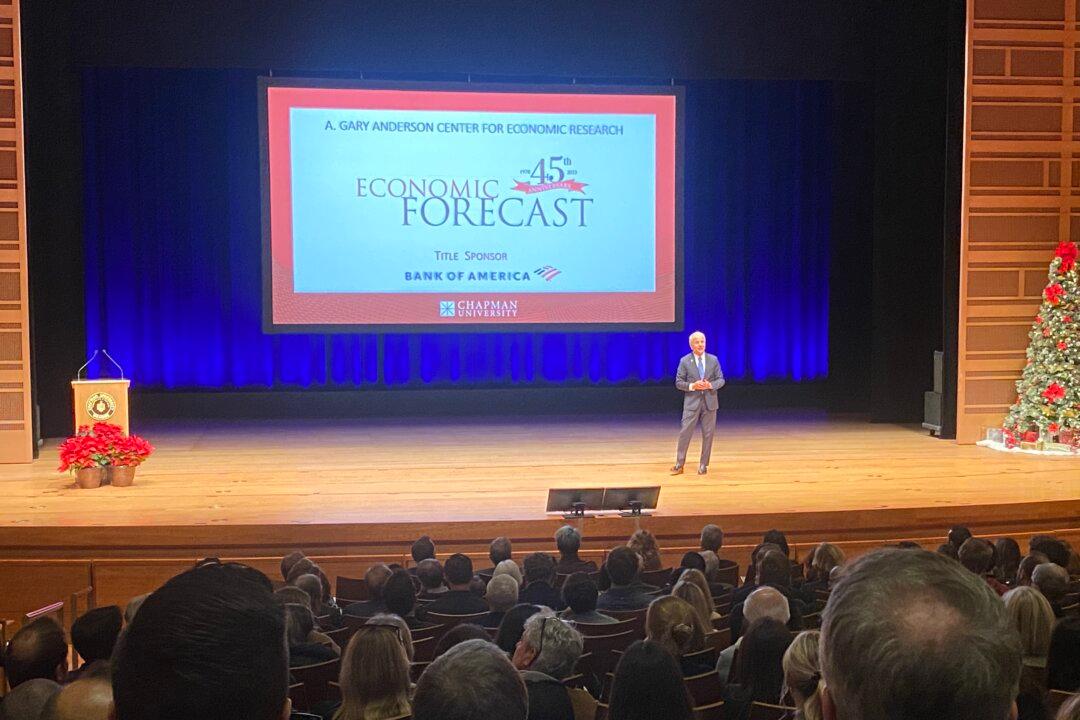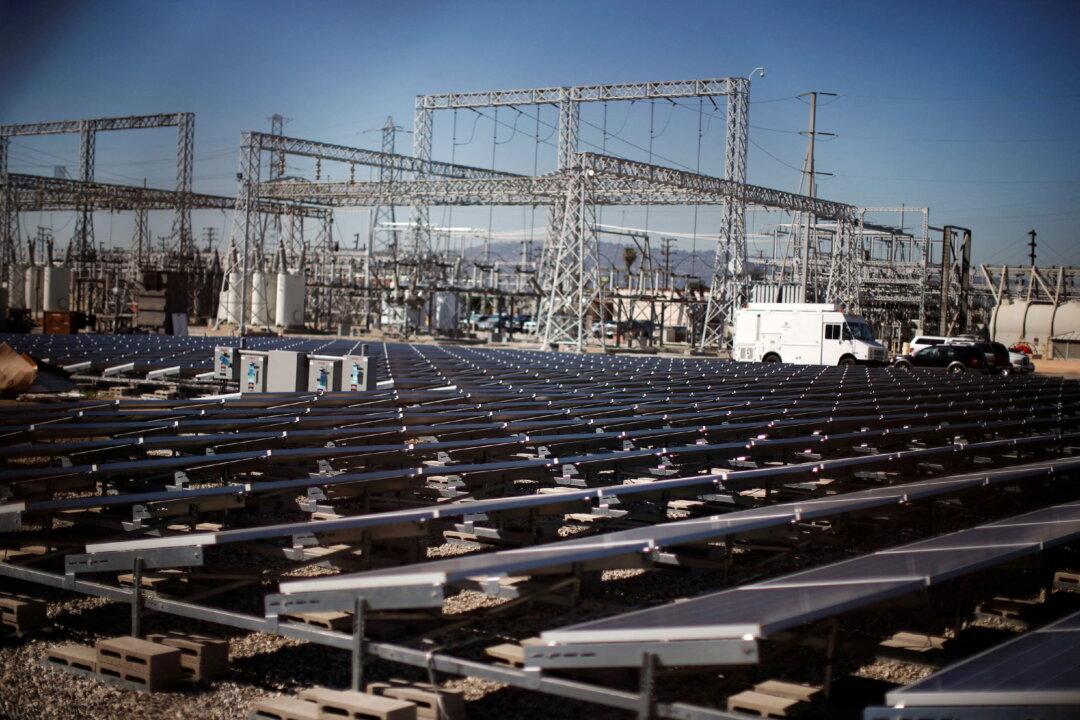Commentary
Californians face a difficult economic year in 2024. The state budget deficit will soar to a record $68 billion. Taxes are rising not just from 13.3 percent to 14.4 percent of income for millionaires, but from 9.3 percent to 10.4 percent for the middle class. And prices of goods and services will rise due to the minimum wage increasing from $15.5 an hour to $16 for most workers. Plus the jump will be even higher, to $20 for most fast-food workers and $21 for health-care employees.





